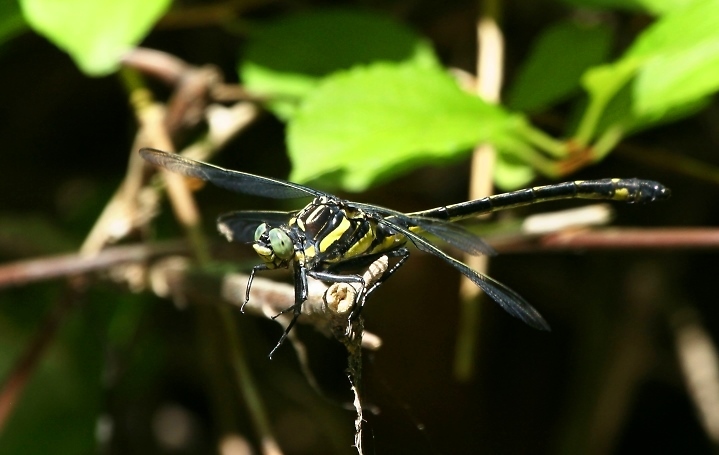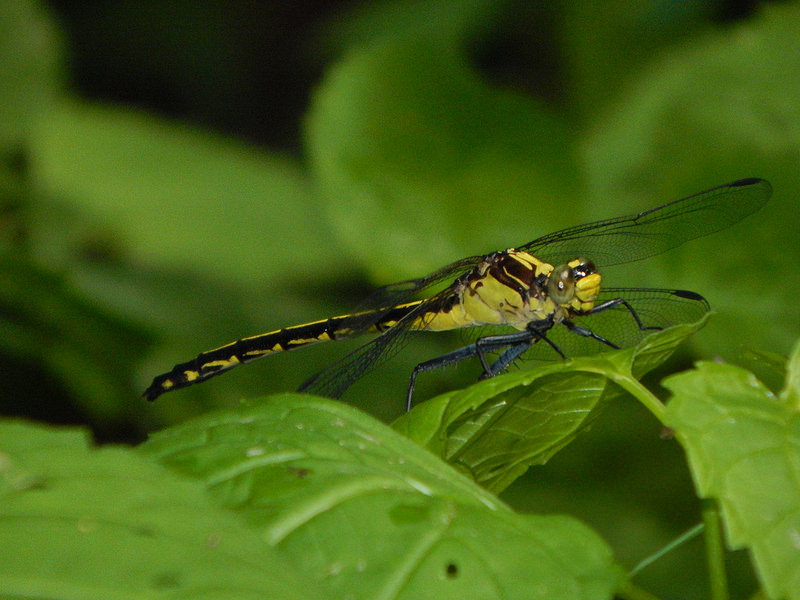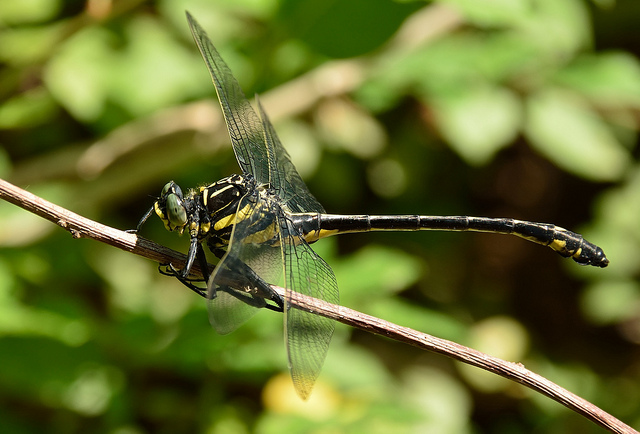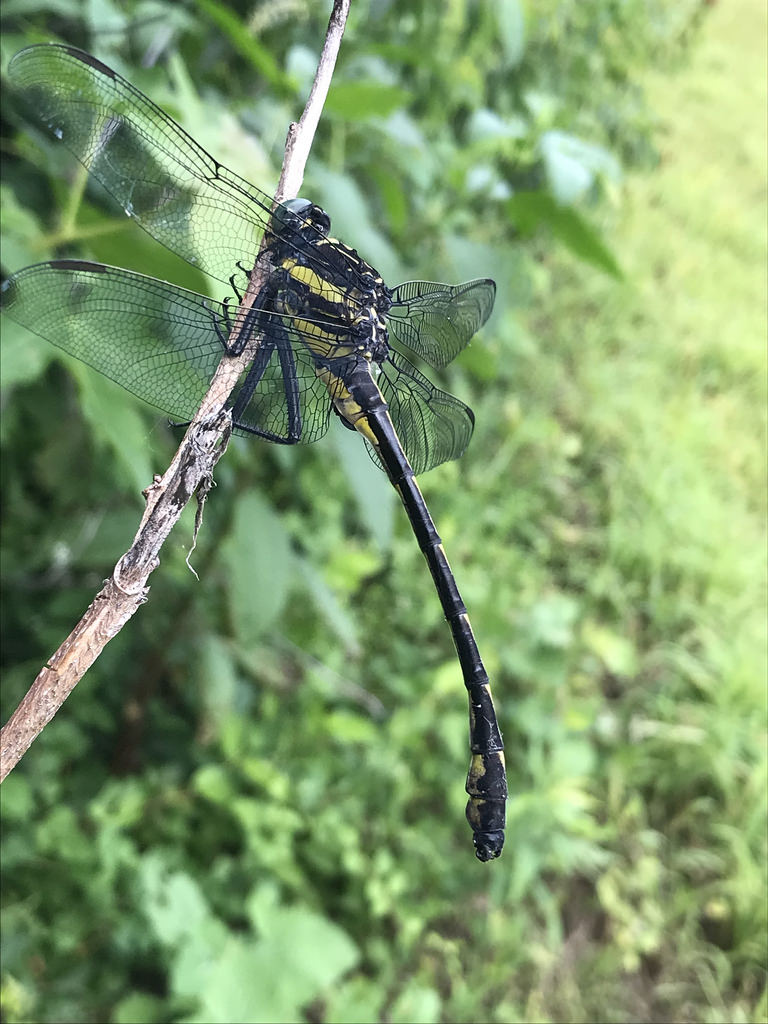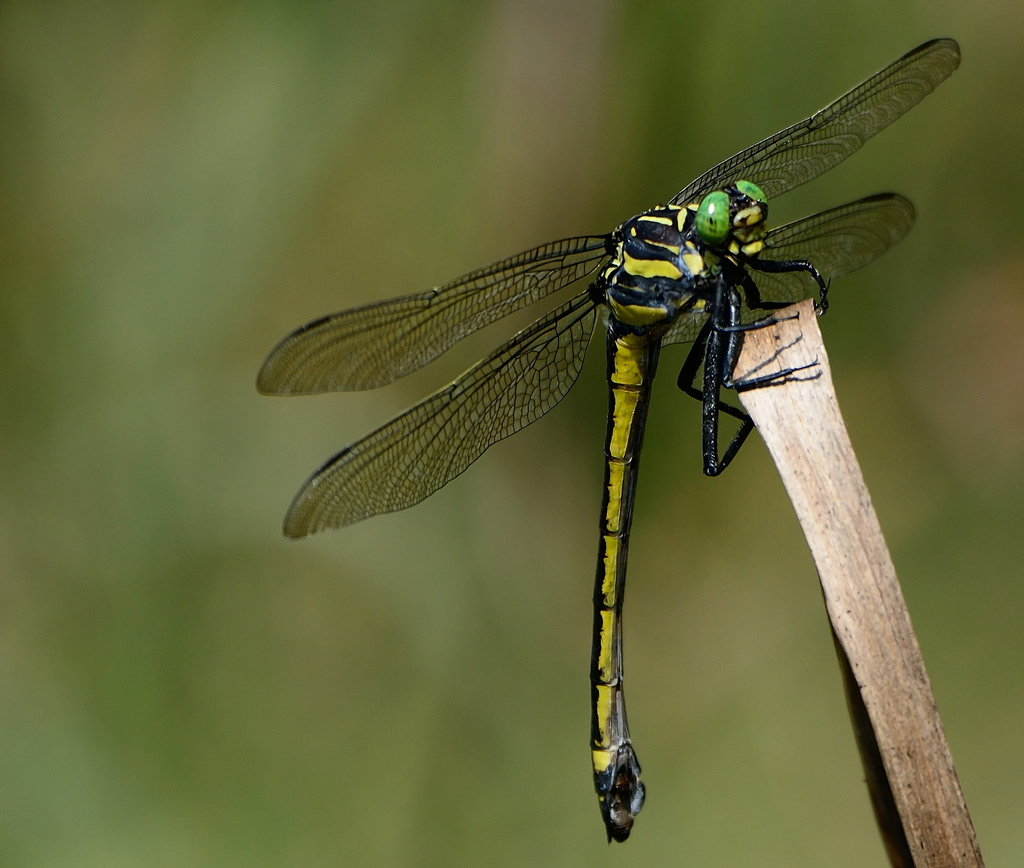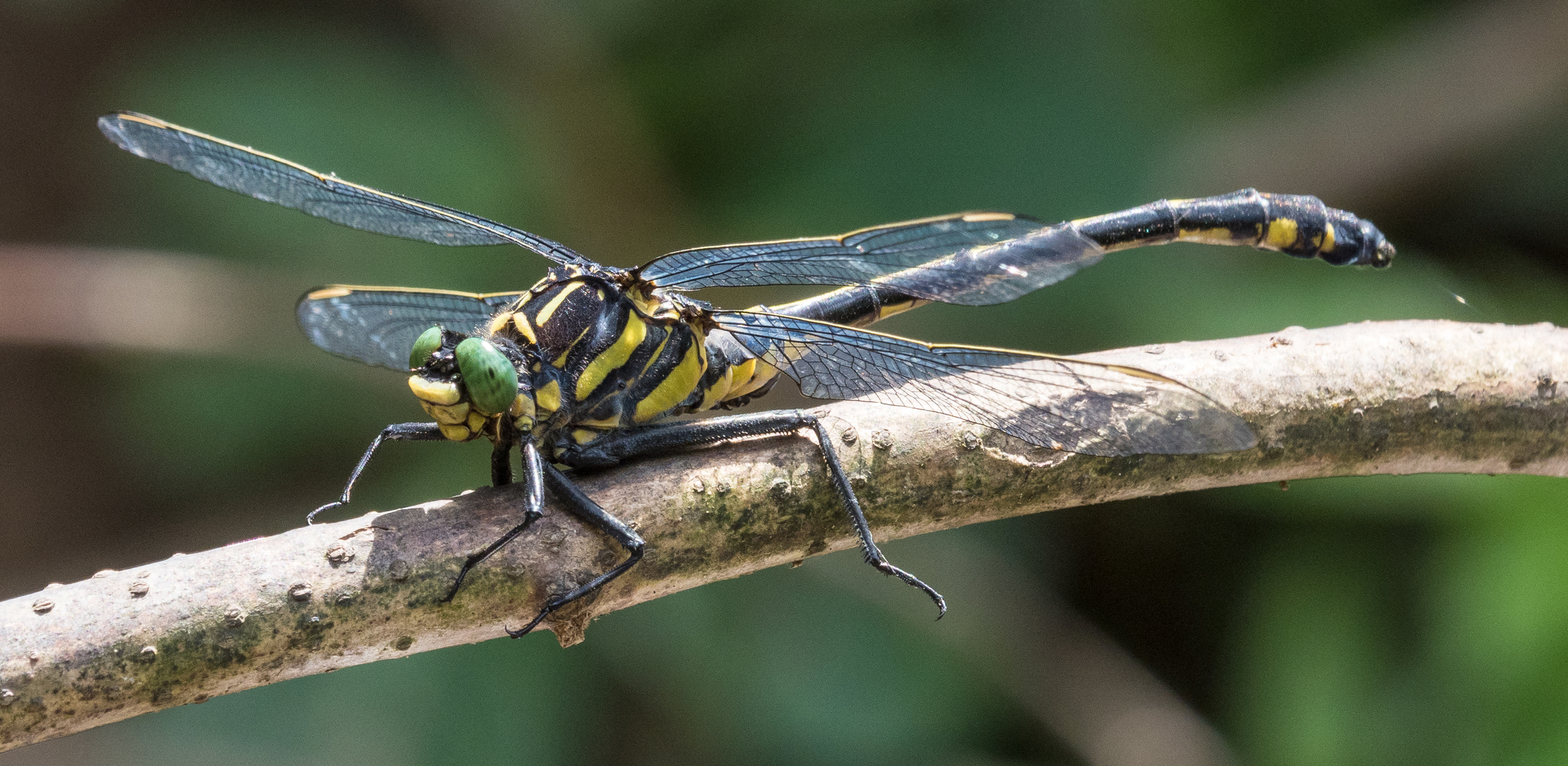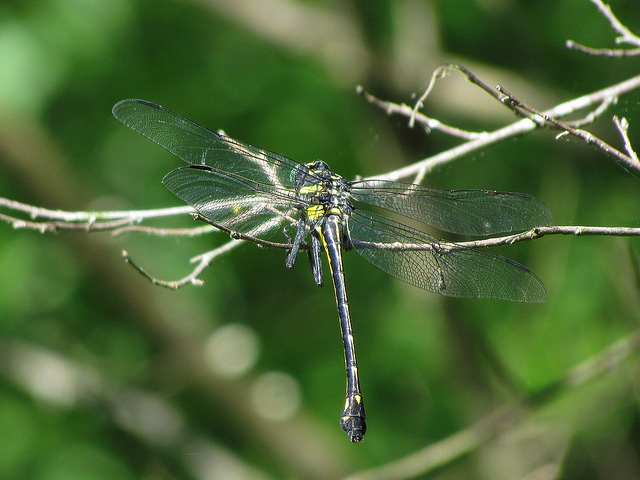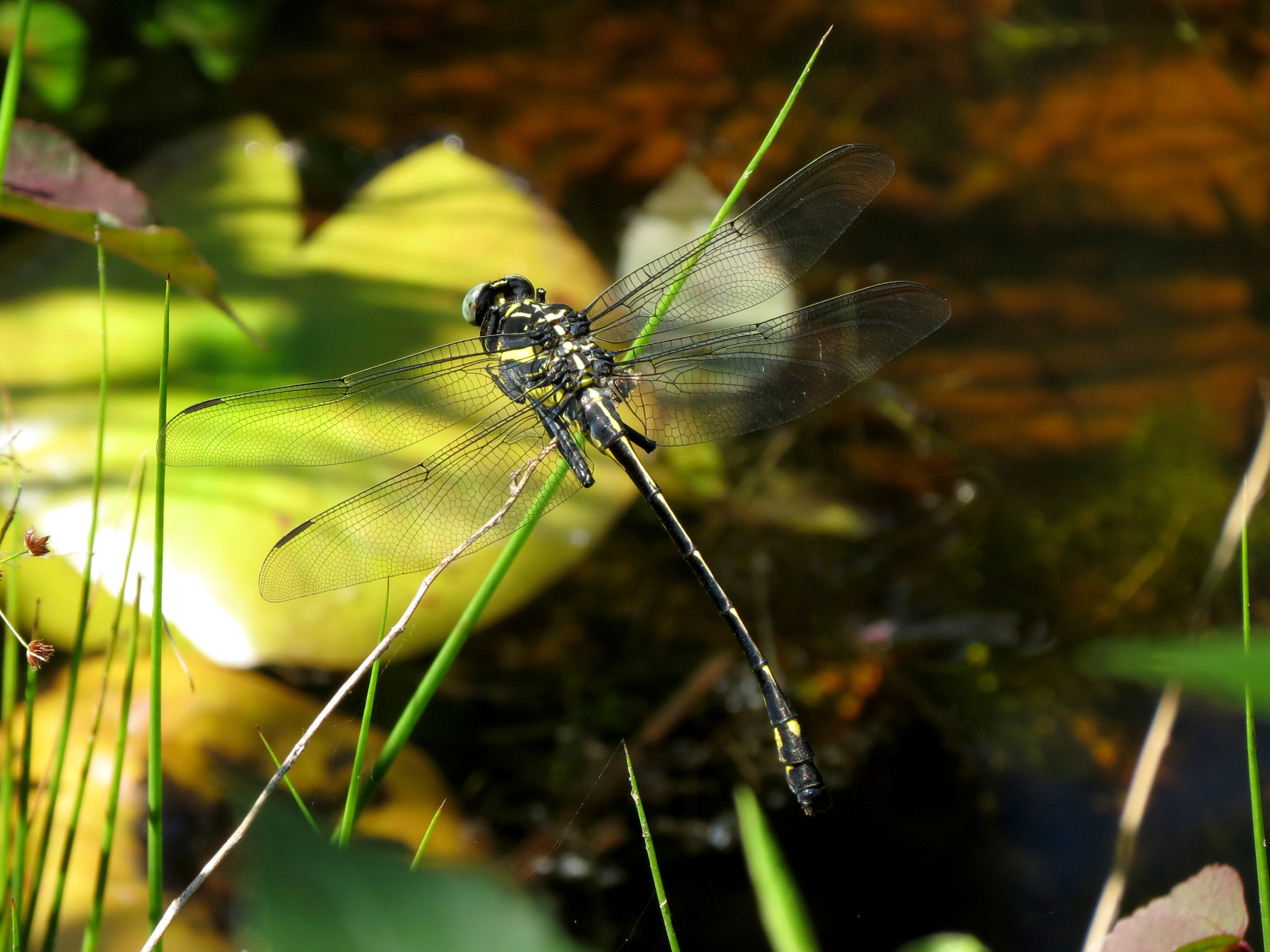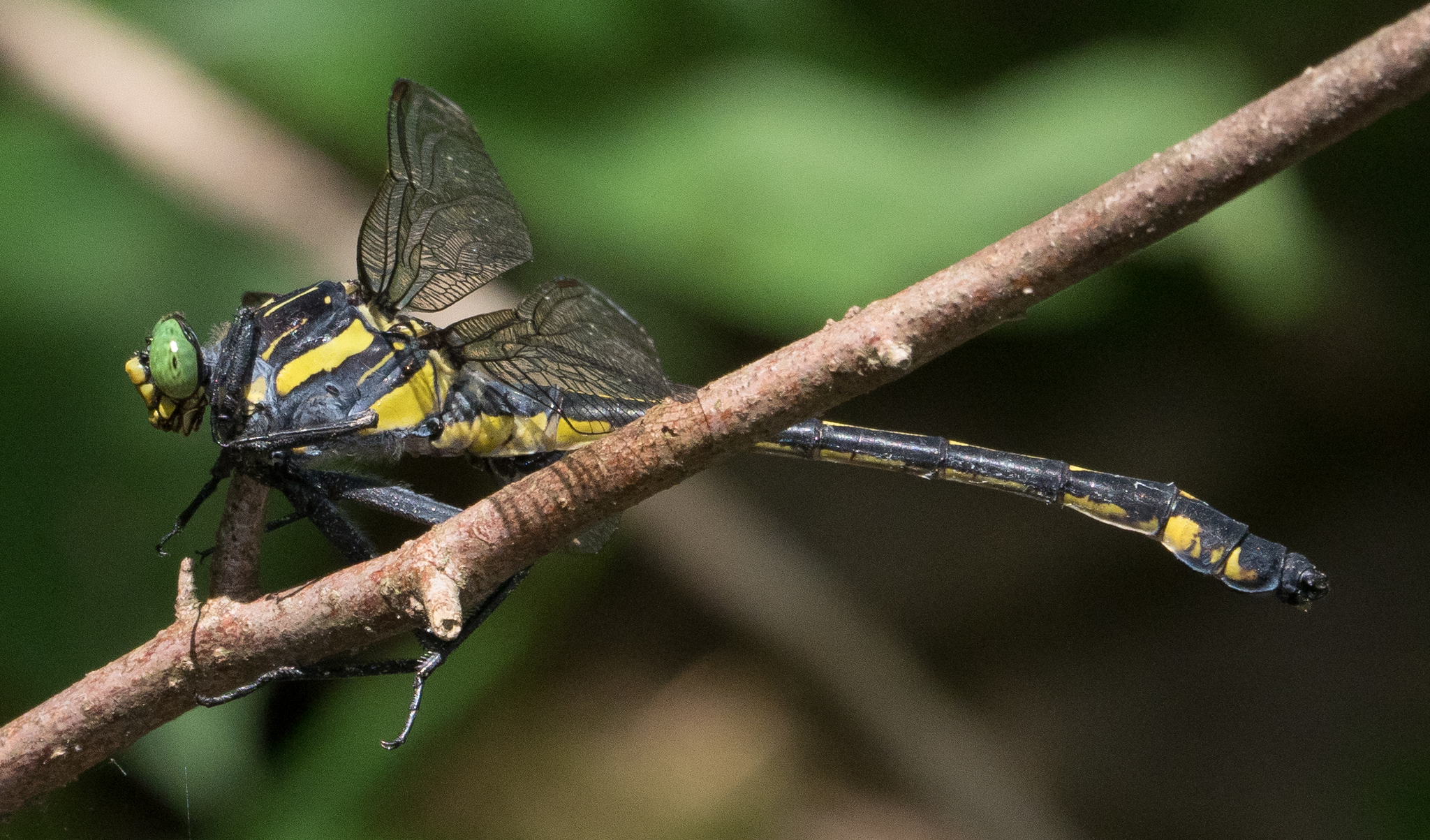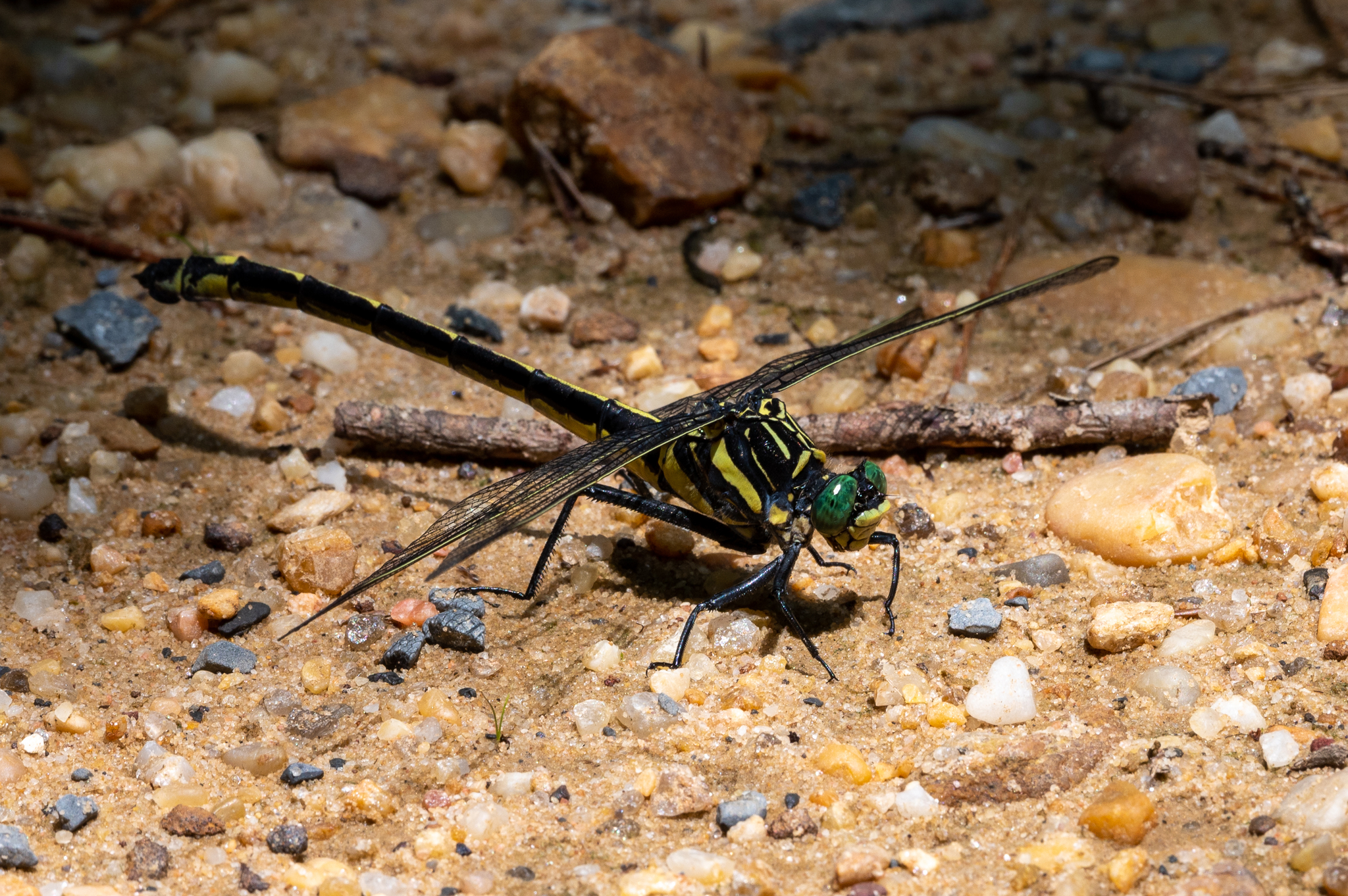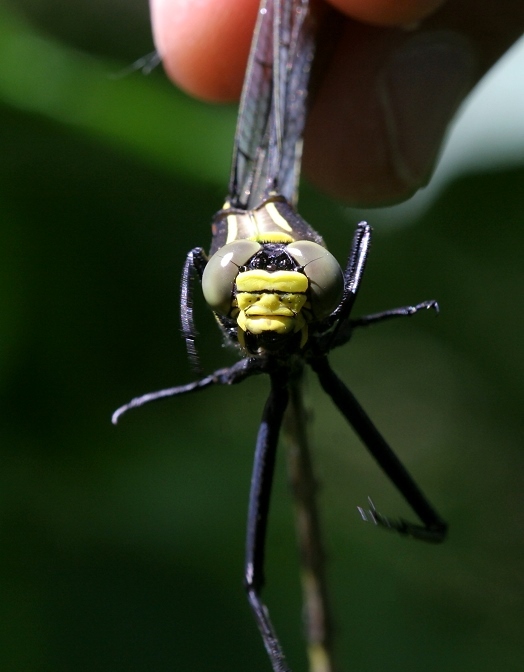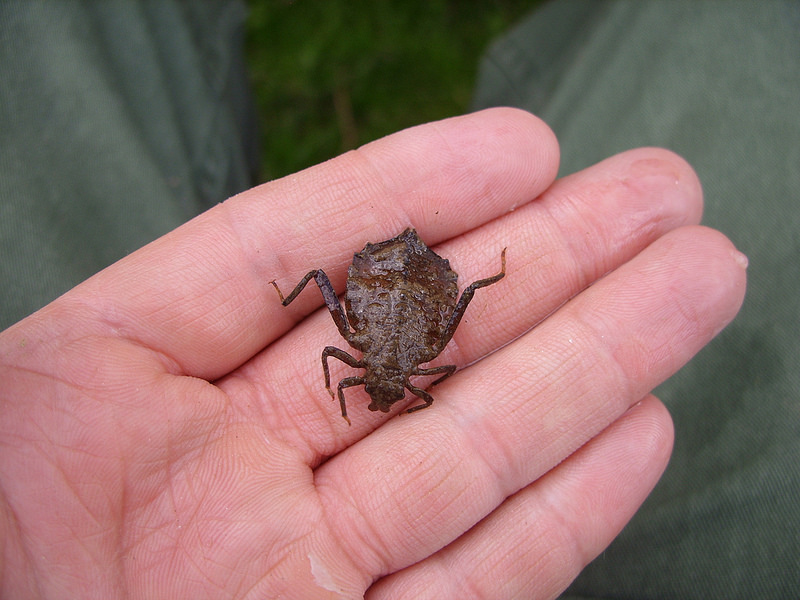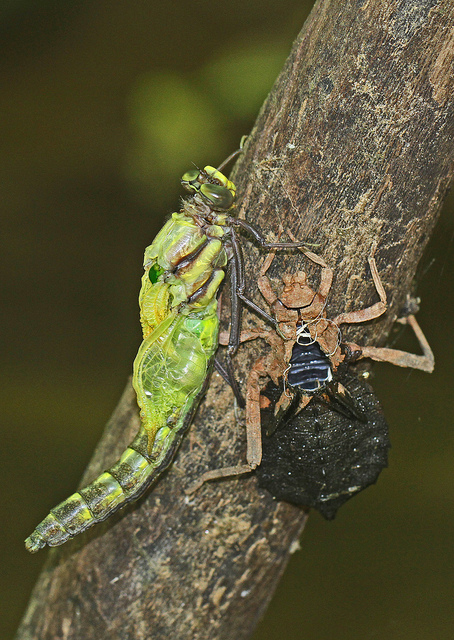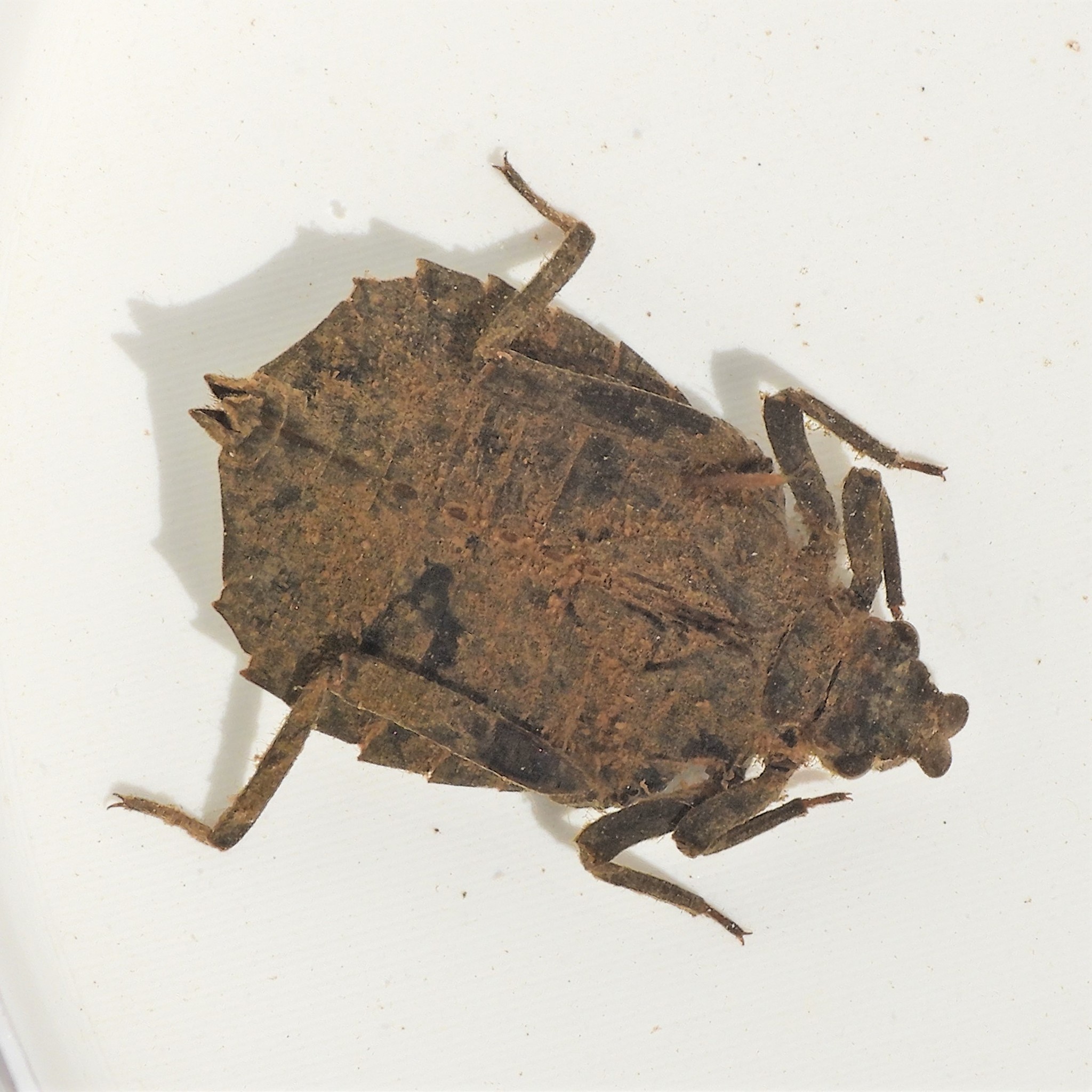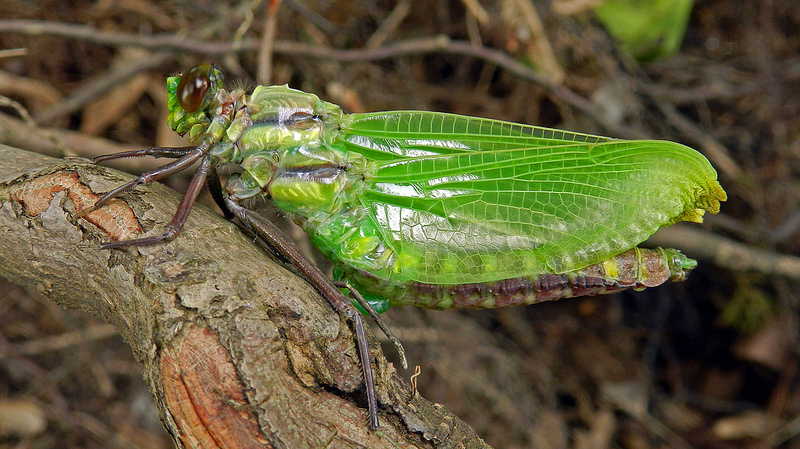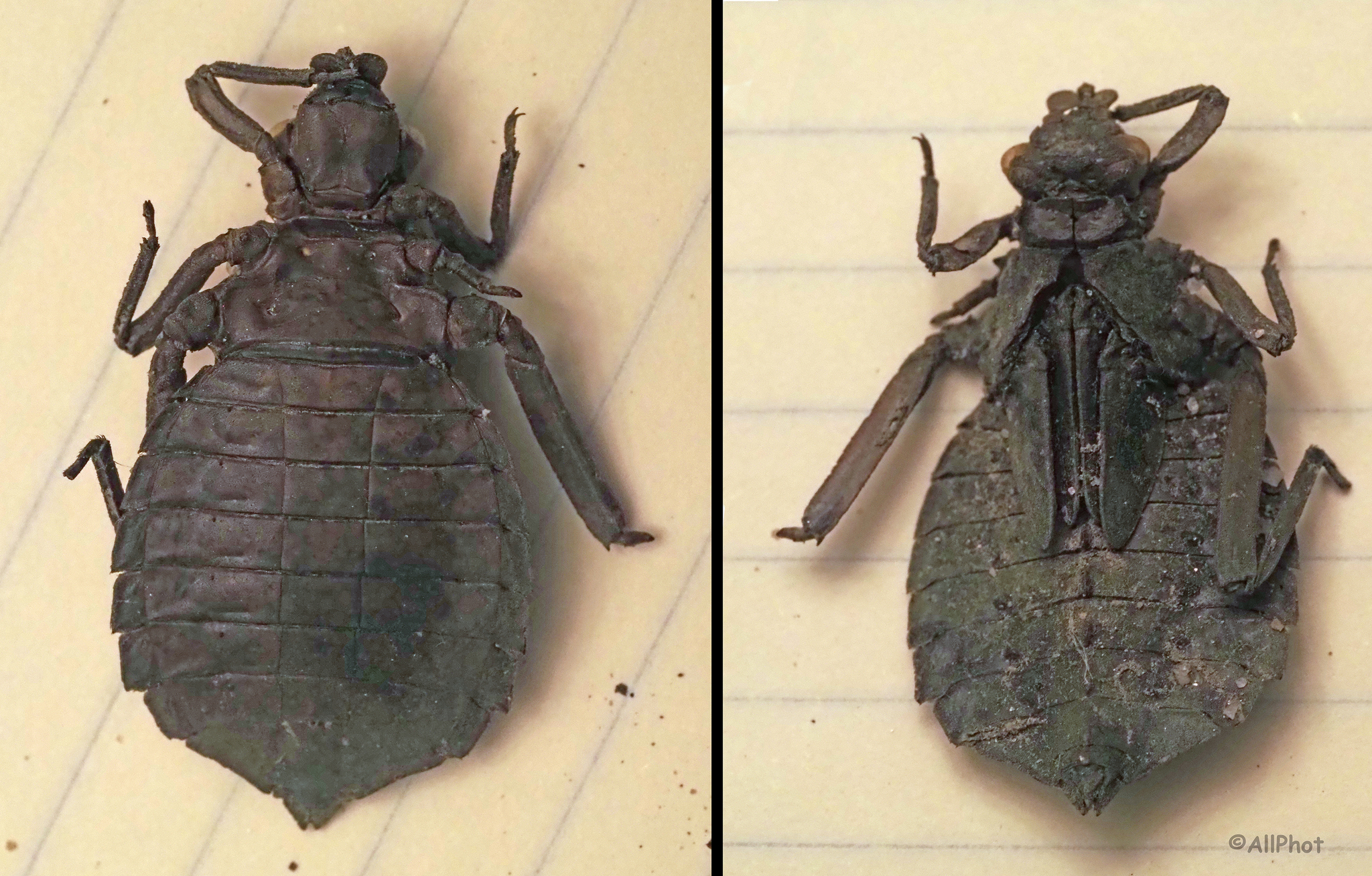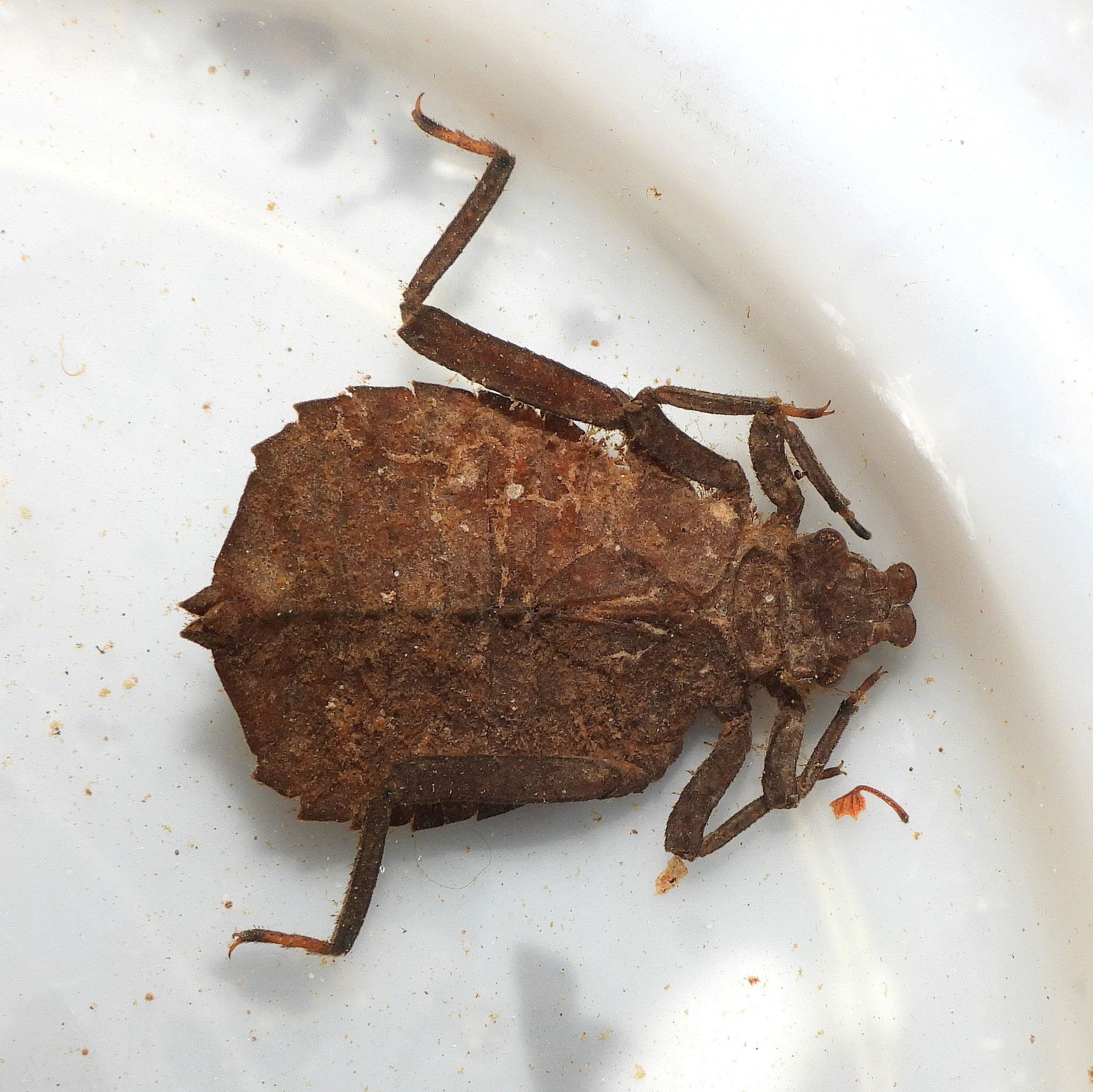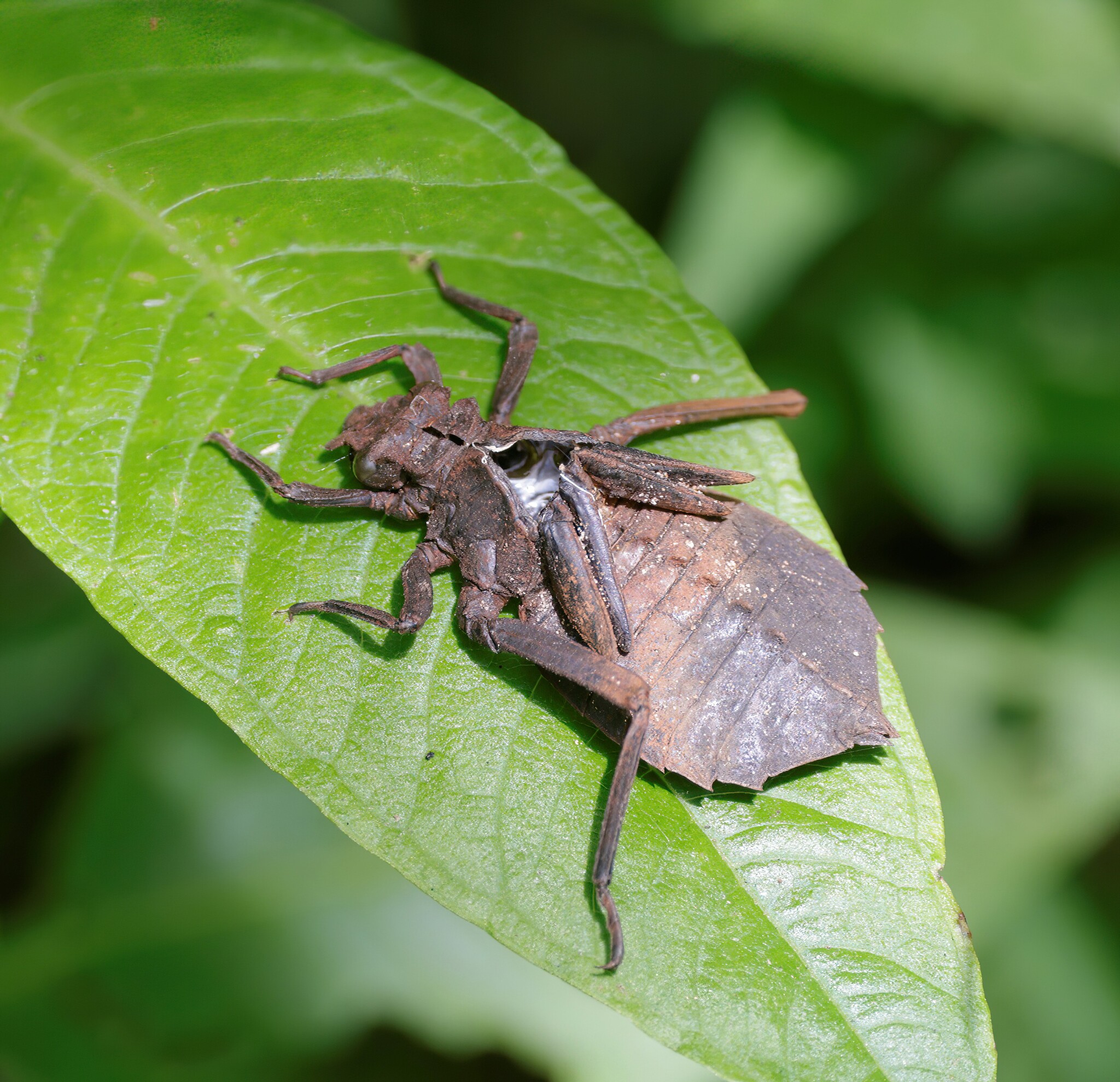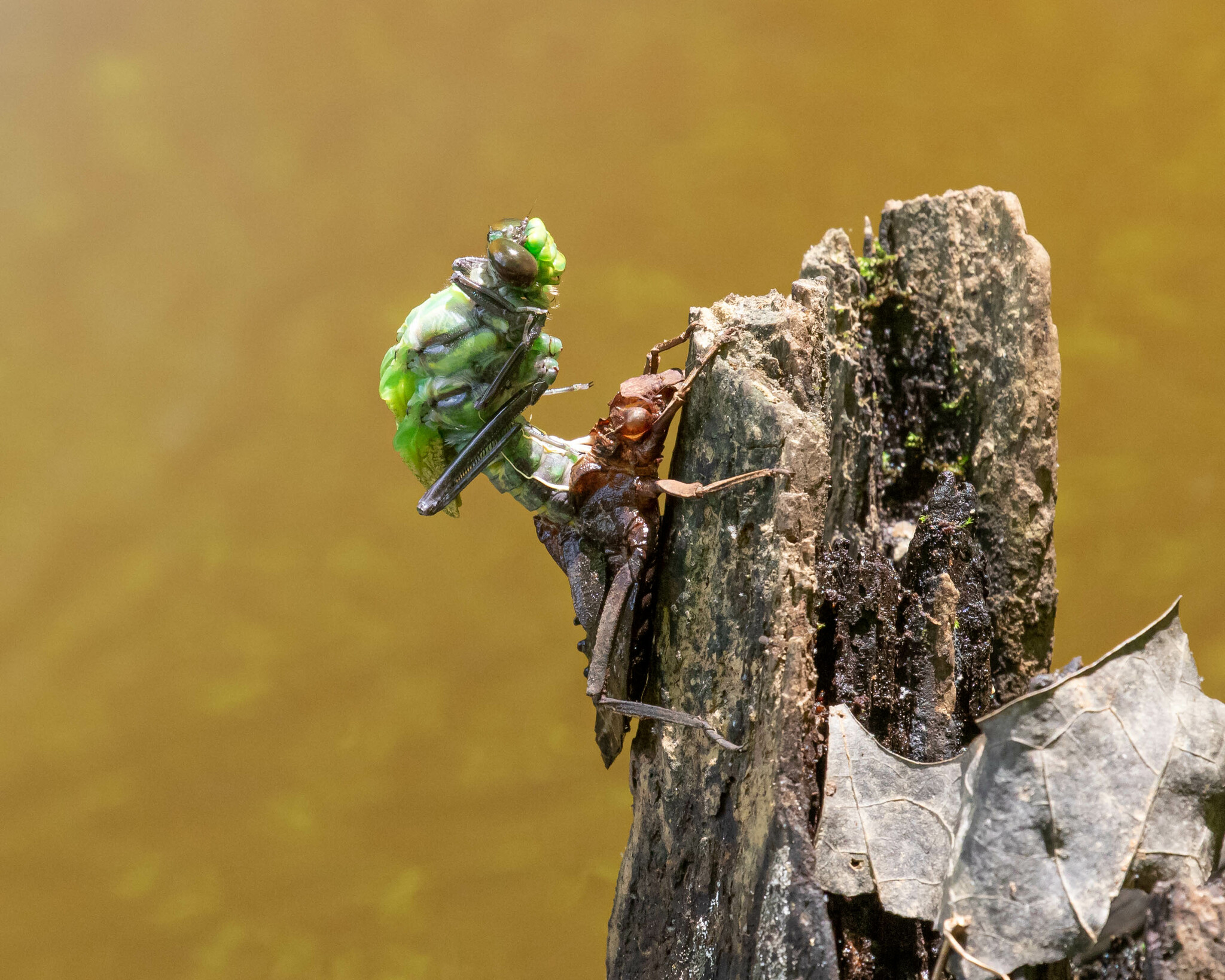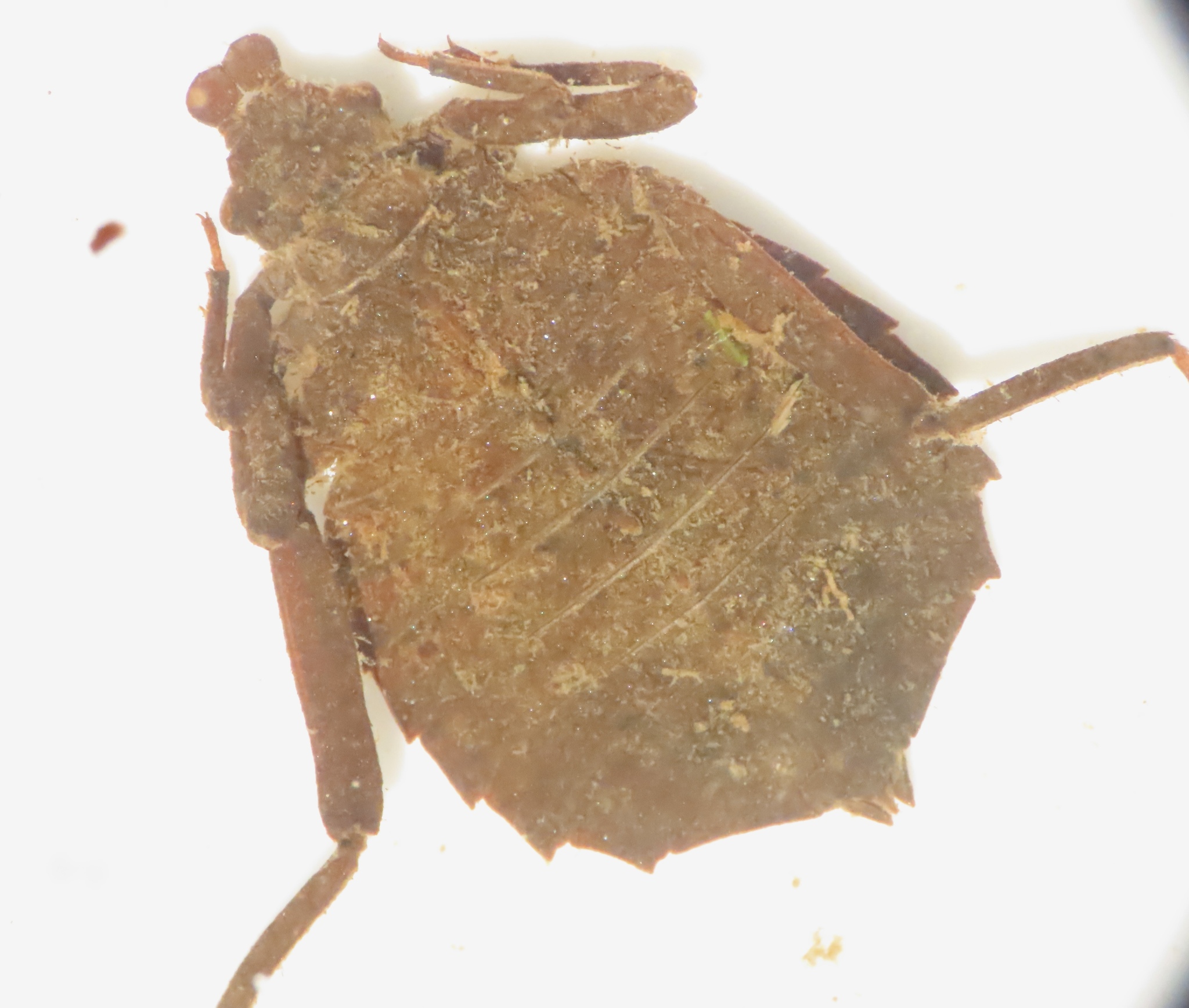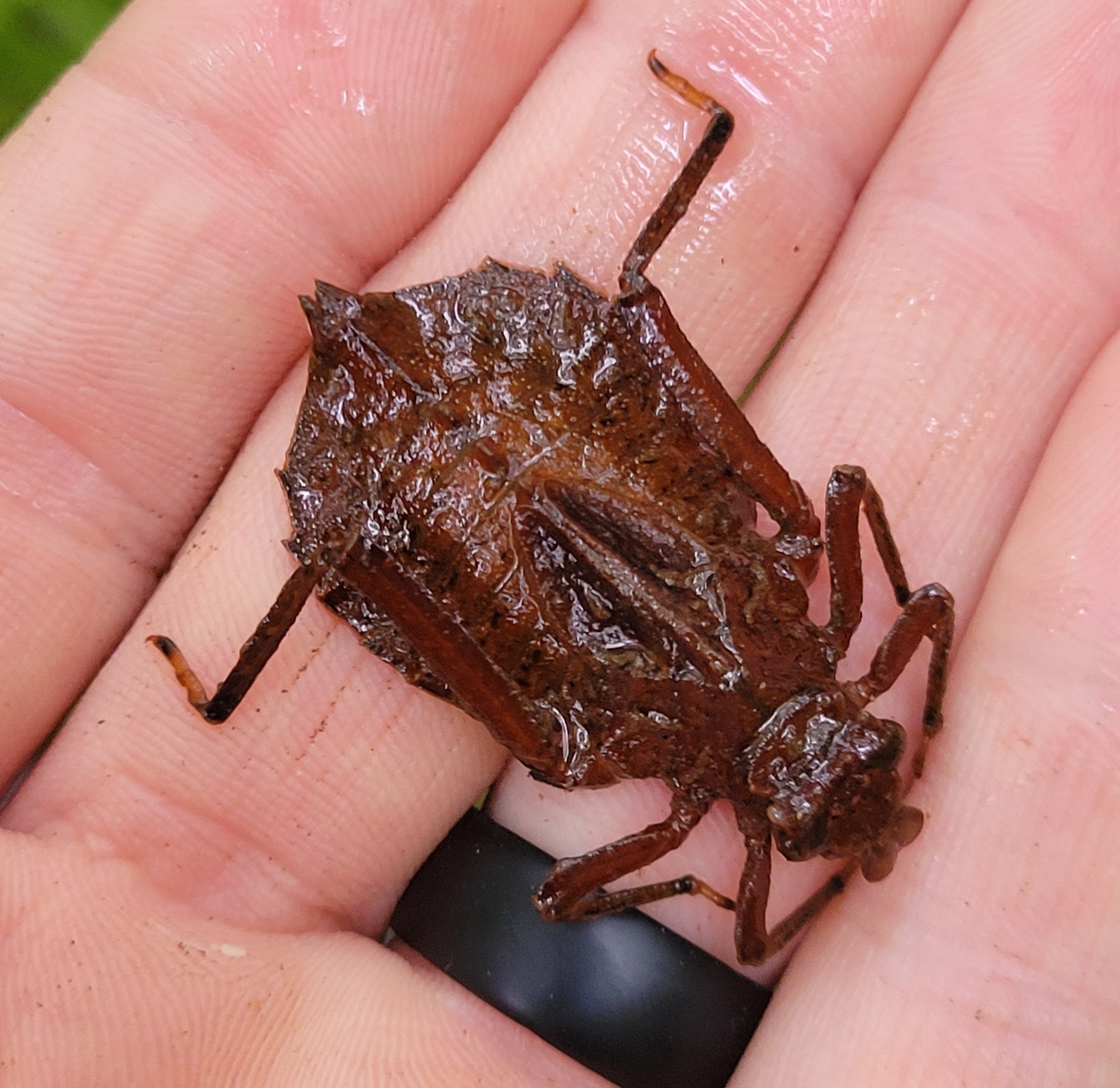Map Snapshot























497 Records
Status
Dragonhunter (Hagenius brevistylus) is the largest gomphid in North America. Its large size, long legs, proportionately small head, and scarcely-developed club are very distinctive if seen well. This aggressive and fearless species feeds largely on other odonates, plus other large insects like butterflies (Paulson, 2011). It occurs across Maryland at creeks and rivers, but is generally regarded as uncommon (Richard Orr's The Dragonflies and Damselflies of Maryland and the District of Columbia).
Seasonality Snapshot
Source: Wikipedia
| Dragonhunter | |
|---|---|

| |
| Temagami, Ontario | |
| Scientific classification | |
| Domain: | Eukaryota |
| Kingdom: | Animalia |
| Phylum: | Arthropoda |
| Class: | Insecta |
| Order: | Odonata |
| Infraorder: | Anisoptera |
| Family: | Gomphidae |
| Subfamily: | Hageniinae |
| Genus: | Hagenius Selys, 1854 |
| Species: | H. brevistylus
|
| Binomial name | |
| Hagenius brevistylus Selys, 1854
| |
The dragonhunter (Hagenius brevistylus) is a clubtail dragonfly of the eastern United States and southeastern Canada.

The dragonfly is much larger than any other North American clubtail, at 3.3 inches (84 mm), with black and yellow markings and green eyes. Males can be distinguished at a distance by their habit of curling their abdomens under while flying, forming a sideways J shape.[1][2]
The dragonhunter is the only member of genus Hagenius. Its closest relatives are Asian dragonflies of genus Sieboldius, which are also sometimes called "dragonhunters". Together, the two genera form the subfamily Hageniinae.
The nymph is unusual, with a very flat, wide body. It is slow-moving and lives among bark and leaf litter at the edges of streams, where its dark color provides camouflage.[3]
The adult feeds on large insects, including darner and clubtail dragonflies, sometimes ambushing them from above.[3][4] It also takes monarch butterflies, eating the thorax and abdomen first to avoid the greatest concentration of cardenolide toxins.[5]
References
[edit]- ^ Kurt Mead. Dragonflies of the North Woods. Second edition. Duluth, MN:Kollath+Stensaas, 2009.
- ^ Dunkle, Sidney W. (2000). Dragonflies through Binoculars. New York: Oxford University Press. p. 176. ISBN 0-19-511268-7.
- ^ a b Needham, James G.; Minter J. Westfall Jr.; Michael L. May (2000). Dragonflies of North America (rev. ed.). Gainesville, FL: Scientific Publishers. pp. 348–351. ISBN 0-945417-94-2.
- ^ Corbet, Phillip S. (1999). Dragonflies: Behavior and Ecology of Odonata. Ithaca, NY: Cornell University Press. pp. 281–282. ISBN 0-8014-2592-1.
- ^ White, DS; Sexton, OJ (1989). "The Monarch Butterfly (Lepidoptera: Danaidae) as Prey for the Dragonfly Hagenius brevistylus (Odonata: Gomphidae) [abstract]". Entomological News. 100 (3): 129–132. Retrieved 2007-07-17.
External links
[edit]- Hagenius brevistylus , BugGuide
